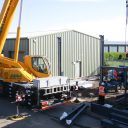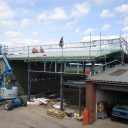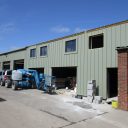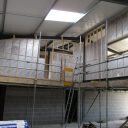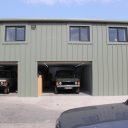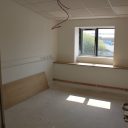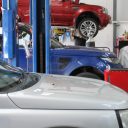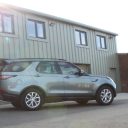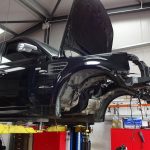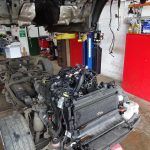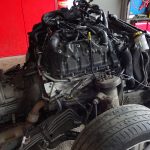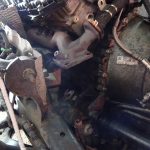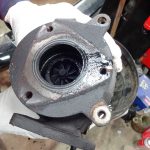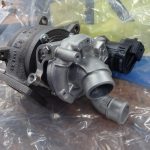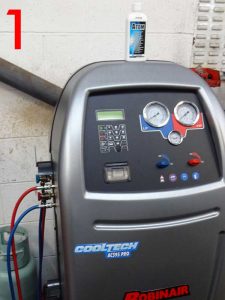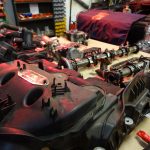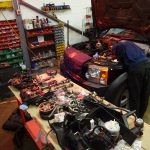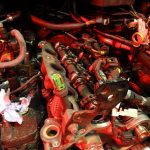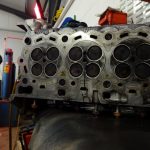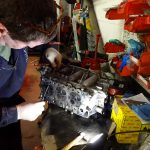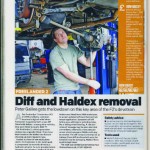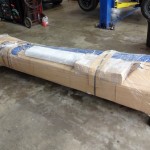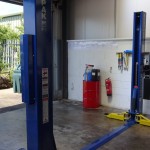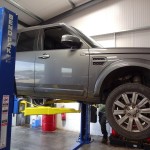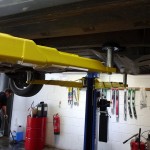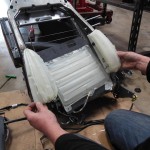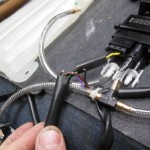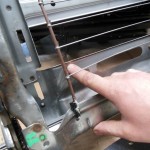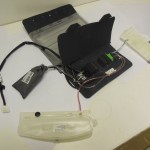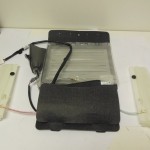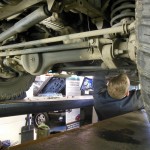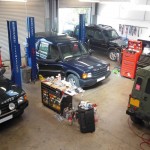September 3
2018 by Richard
New Workshops Expand Capacity
We have been extremely busy in the Famous Four Workshops, and identified the need for more bays and more technicians to enable us to continue to react quickly to our customers’ servicing, repair and restoration needs. We recognise the importance of ensuring appointment slots are available at short notice, as well as the need to stay ahead of the curve of technological advances in vehicle hardware and software in the modern generation of vehicles, thus helping to keep your Land Rovers and Range Rovers on the road at all times.
To this end we have made significant investments in 2018, our 30th Anniversary year, by doubling the capacity of our workshop to an impressive 10 bays, and have enrolled another three employees into our team of highly dedicated and knowledgeable workshop staff.
State of the art workshop equipment, along with improved working conditions, more space, and a brand new computer system are all now live, and we are now in an extremely strong position as one of the UK’s leading independent specialist workshops for all things Land Rover, Range Rover, Freelander and Discovery, from 1948 to brand new models, catering for diagnostic repairs, servicing, welding, bodywork, electrics, restoration and routine maintenance from our premises in Lincolnshire.
More information about Workshops and Servicing: https://www.famousfour.co.uk/wshop
More information about Restoration Services and Reproduction Classic Parts: https://www.famousfourclassic.co.uk/

